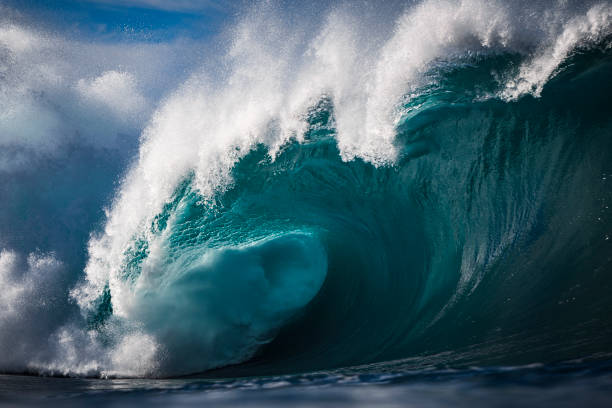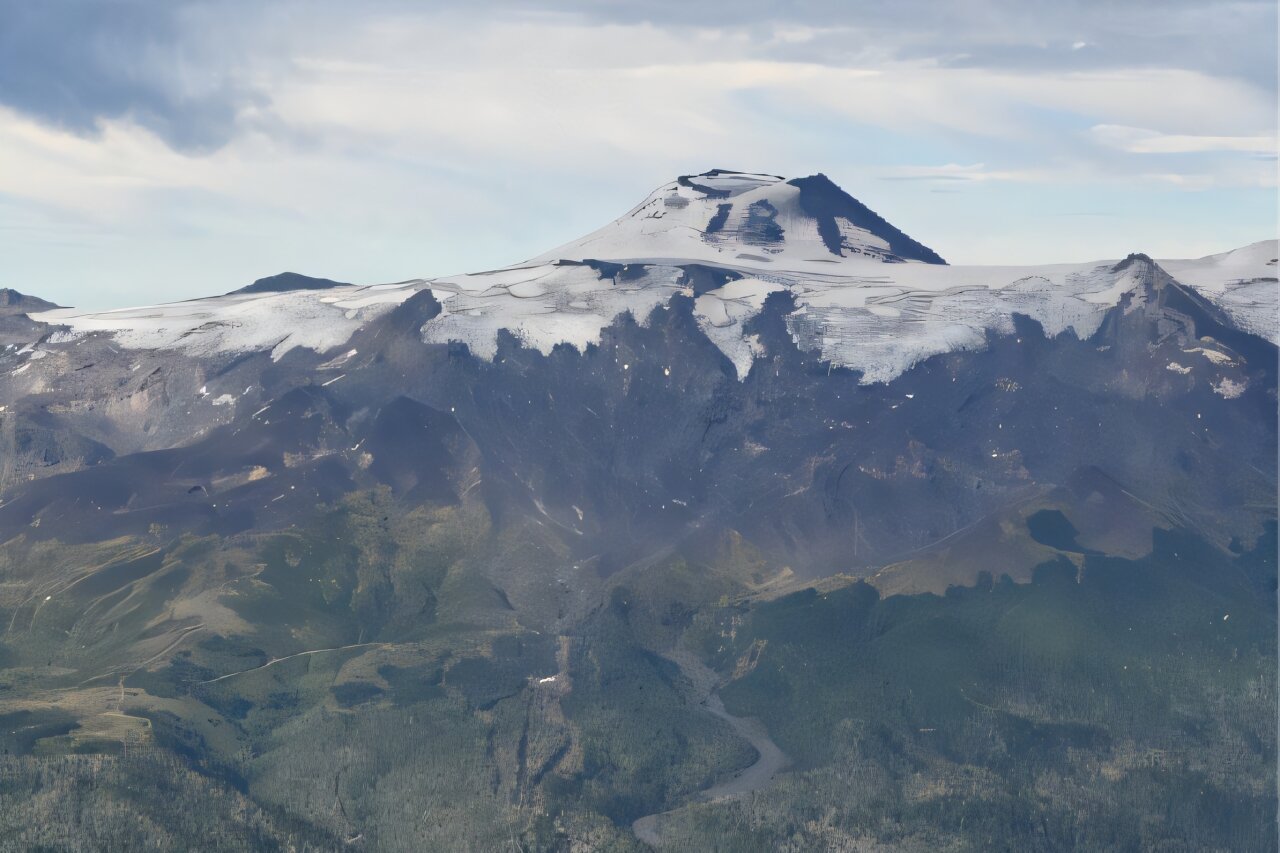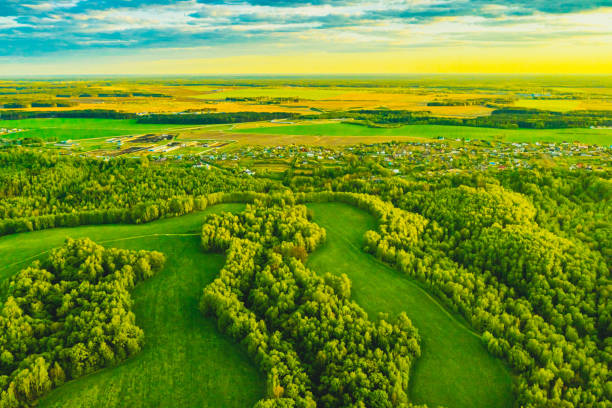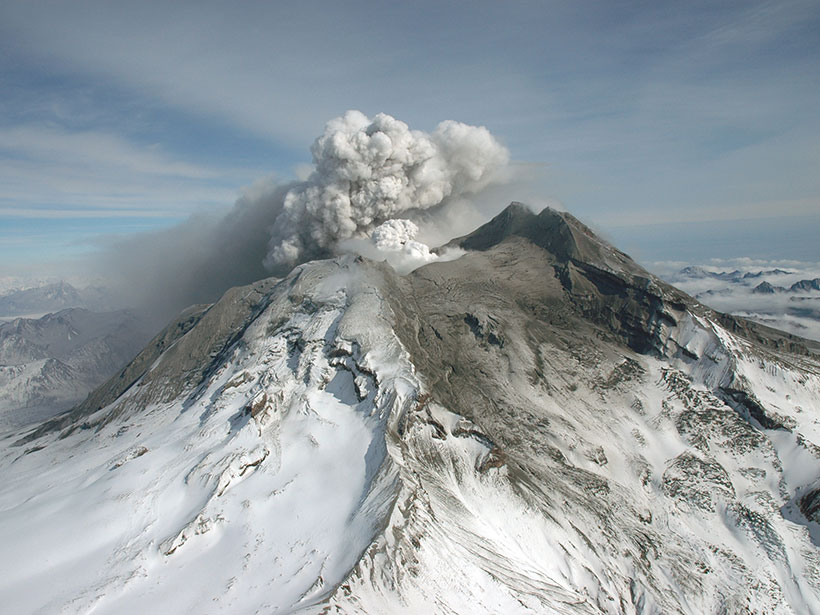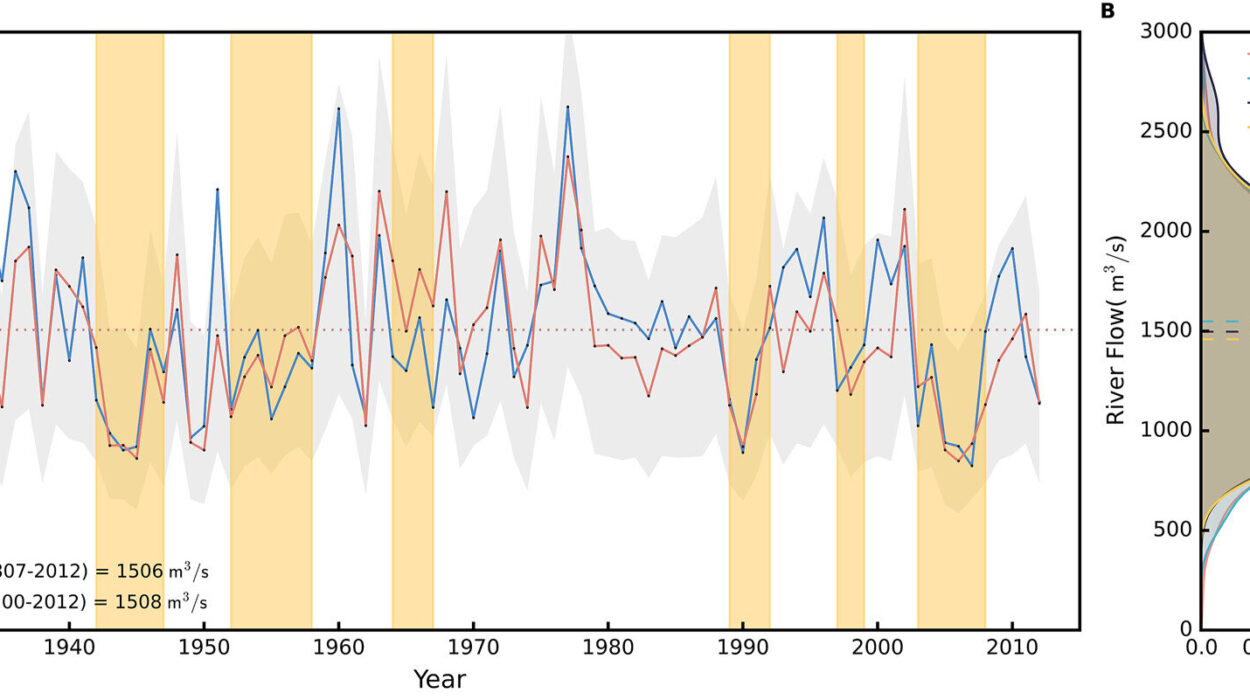It begins with a tremble—deep beneath the ocean floor, where silence normally reigns. In that mysterious, unlit world of shifting tectonic plates and ancient rock, pressure builds silently over years, decades, or even centuries. Then suddenly, without warning, the Earth moves. A rupture. A violent lurch. Energy, locked away for lifetimes, is released in a blink.
The sea, at first, remains calm. Ships on the surface may feel nothing. The sky stays blue. There’s no thunder, no heralding storm clouds. But deep below, the seafloor has shifted. And that shift pushes an unimaginable volume of water into motion. A wall of energy begins to ripple outward, invisible yet relentless.
A tsunami has been born.
Understanding the Monster: What Is a Tsunami?
A tsunami is not a single towering wave like in the movies. It is a series of powerful waves, often starting small, but growing in size and strength as they approach shallow coastal waters. The term comes from the Japanese words tsu (harbor) and nami (wave), reflecting how these waves often wreak the most havoc once they hit shorelines.
Unlike wind-generated waves that ripple across the ocean’s surface and affect only the top layers of water, tsunamis involve the entire depth of the ocean. These waves carry the raw energy of the Earth itself. When tectonic plates shift, when volcanoes erupt underwater, or when massive landslides plunge into the sea, that energy is transferred to the water. The result is a wave that can travel at jetliner speeds—up to 800 kilometers per hour (about 500 mph)—across entire oceans.
In deep water, a tsunami may pass beneath a ship as a barely noticeable swell. But as the wave reaches the continental shelf near land, it rises—sometimes into a towering wall that swallows entire coastlines.
Birth of a Tsunami: The Geology Beneath the Waves
To truly understand a tsunami, we must first descend into the planet’s inner architecture. Earth’s crust isn’t a smooth, unbroken shell; it’s a jigsaw puzzle of enormous tectonic plates floating on the semi-fluid asthenosphere beneath. These plates constantly move—imperceptibly slow on the human scale, but unstoppable over time.
Where these plates meet, immense geological tension accumulates. Subduction zones—where one plate dives beneath another—are particularly prone to generating tsunamis. When the stress becomes too great, the overriding plate snaps upward, dragging a column of seawater with it. That vertical displacement is the spark that ignites a tsunami.
This phenomenon played out with catastrophic clarity on December 26, 2004. Off the coast of Sumatra, Indonesia, a 9.1-magnitude megathrust earthquake ruptured the seafloor over a length of more than 1,300 kilometers. In mere minutes, the seafloor heaved upwards by several meters. The ocean responded with fury. Waves surged outward in all directions. Within hours, walls of water up to 30 meters high slammed into coasts from Indonesia to East Africa. Over 230,000 people lost their lives.
But not all tsunamis are born from earthquakes. Volcanic eruptions like the 1883 explosion of Krakatoa, or underwater landslides triggered by destabilized slopes, can also displace massive amounts of water. Even meteorite impacts—though extremely rare—have the potential to trigger colossal tsunamis.
The Journey Across the Sea: How Tsunamis Travel
Once generated, a tsunami begins its journey across the open ocean. It travels as a series of waves—often hundreds of kilometers apart from each other, each one containing colossal amounts of energy. In the vast, deep ocean, a tsunami might only rise a meter or two in height and pass by unnoticed by ships. But its wavelength—the distance between the wave crests—can be over 100 kilometers long. That’s where its power hides.
This is why tsunamis can cross entire ocean basins with ease. The energy they carry is spread across such a vast volume of water that it barely dissipates over time. In fact, after the 1960 Chilean earthquake—the strongest ever recorded at magnitude 9.5—tsunami waves traveled over 17,000 kilometers to reach Japan, killing over 100 people 22 hours after the quake.
Tsunamis behave like shallow-water waves, even in deep oceans, because their wavelength is so long. As they enter shallower waters near the coast, the wave’s speed slows down due to friction with the seafloor. But the energy has to go somewhere. As the wave slows, its height increases. This process, called “wave shoaling,” is what transforms an innocent-looking ripple into a deadly surge.
The Arrival: What Happens When a Tsunami Hits
One of the most terrifying aspects of tsunamis is the eerie silence before the disaster. Often, the sea first pulls back, draining beaches and revealing seabeds rarely seen by human eyes. Fish flop helplessly on the sand. Curious onlookers may walk out, unaware that this withdrawal is not a sign of safety but of catastrophe.
Then it comes. The sea returns with a vengeance—not as a single wave, but as a series of fast-moving, towering surges. These waves don’t just break like surf; they behave more like an incoming tide with the force of a freight train. Water crashes into coastal communities, leveling buildings, uprooting trees, and sweeping away cars, homes, and lives. It floods several kilometers inland, carrying with it the debris of destruction.
The force of a tsunami can shatter concrete. Its undertow can drag people out to sea. And after the first wave recedes, more often follow. Sometimes, the third or fourth wave is the strongest. Survivors who return too early to check on loved ones or property often fall victim to subsequent surges.
Tsunami Warnings: Can We Predict the Unthinkable?
Nature may strike suddenly, but today, we are no longer defenseless. Advances in science and technology have made tsunami detection and early warning systems more sophisticated than ever before.
When a major undersea earthquake is detected, seismologists at global warning centers analyze the data to determine the quake’s potential to generate a tsunami. If necessary, a tsunami watch or warning is issued. But how can scientists be sure whether a tsunami has actually formed?
That’s where a network of deep-sea instruments called DART (Deep-ocean Assessment and Reporting of Tsunamis) comes in. These systems consist of seafloor pressure sensors connected to surface buoys. They can detect the slightest changes in water pressure caused by a passing tsunami wave and relay the data via satellite in near real time.
Coastal sirens, mobile alerts, emergency broadcasts, and international coordination can help evacuate vulnerable populations in time. In Japan, Chile, and other high-risk nations, communities regularly conduct tsunami drills. These efforts have saved countless lives.
Still, timing is everything. In local tsunamis—where the wave arrives within minutes of the triggering event—there may be no time for formal warnings. In such cases, public education becomes the strongest defense. Knowing the signs—a strong or long earthquake near the coast, or sudden ocean withdrawal—can mean the difference between life and death.
Tsunami Aftermath: A Trail of Destruction and Hope
After the waves recede, what remains is devastation. Flattened buildings, twisted roads, and shattered lives. The saltwater leaves behind a toxic mix of mud, debris, and waste. Infrastructure is destroyed, economies are paralyzed, and the psychological toll on survivors is immeasurable.
Yet even in the bleakest hours, stories of resilience shine. After the 2011 Tōhoku tsunami in Japan—triggered by a magnitude 9.0 quake—the nation witnessed both unthinkable loss and inspiring unity. Entire towns were erased. Over 15,000 people perished. The Fukushima Daiichi nuclear disaster unfolded as a secondary catastrophe.
And yet, in the face of unimaginable destruction, communities rebuilt. Volunteers from across the world came to aid the recovery. Scientists used the disaster to improve forecasting, safety protocols, and coastal engineering. Japan’s tsunami warning systems were upgraded. Seawalls were heightened. Education campaigns intensified.
Tsunamis leave scars, but they also leave lessons.
The Human Connection: Why Tsunamis Matter to All of Us
Tsunamis are not just geological events; they are deeply human stories. They reveal how small we are against the planet’s might, yet also how resilient we can be when we come together. They cross borders and time zones, proving that no single nation holds dominion over the sea.
As more people live and build along coastlines, and as sea levels rise due to climate change, the threat from tsunamis increases. Even small events could have outsized consequences. That’s why understanding tsunami science is not just for seismologists or oceanographers—it’s for all of us.
Educating future generations, improving building codes, restoring natural buffers like mangroves and coral reefs, and supporting international warning systems are part of the global effort to coexist with this powerful force of nature.
Tsunamis in Culture: The Myth and the Reality
Across centuries and continents, cultures have recorded tsunami events in oral histories, myths, and ancient texts. In Pacific Islander legends, tales of the sea swallowing villages serve as both warning and remembrance. Native American petroglyphs in the Pacific Northwest may depict the waves from a massive tsunami in 1700. Japan, with its long seismic history, even includes tsunamis in the ancient Japanese word “namazu,” a mythical catfish believed to shake the earth.
These stories are not mere folklore—they are echoes of lived experience. And today, science can validate many of them, linking ancient myths with geological evidence and sediment layers left behind by past waves.
By marrying storytelling and science, we enrich both, making knowledge accessible while honoring the memory of those who came before us.
Looking Forward: Living with the Ocean’s Power
Tsunamis cannot be stopped. But we can be prepared. We can build smarter, teach better, and act faster. Every life saved through science, policy, and awareness is a triumph over the forces that once left humanity helpless.
Imagine a future where every coastal child understands the sea’s moods. Where communities have evacuation routes as familiar as playgrounds. Where technology alerts even the most remote villages. Where rebuilding isn’t just about structures, but about healing.
The sea gives us food, transportation, beauty, and life itself. But it also reminds us—powerfully, and sometimes painfully—that we are not its masters. We are its guests.
And so we learn. We adapt. We remember. Because in the end, the science behind tsunamis is not just about waves and faults. It’s about people. It’s about survival. It’s about respect for a world that is always moving beneath our feet and beneath our ships.
